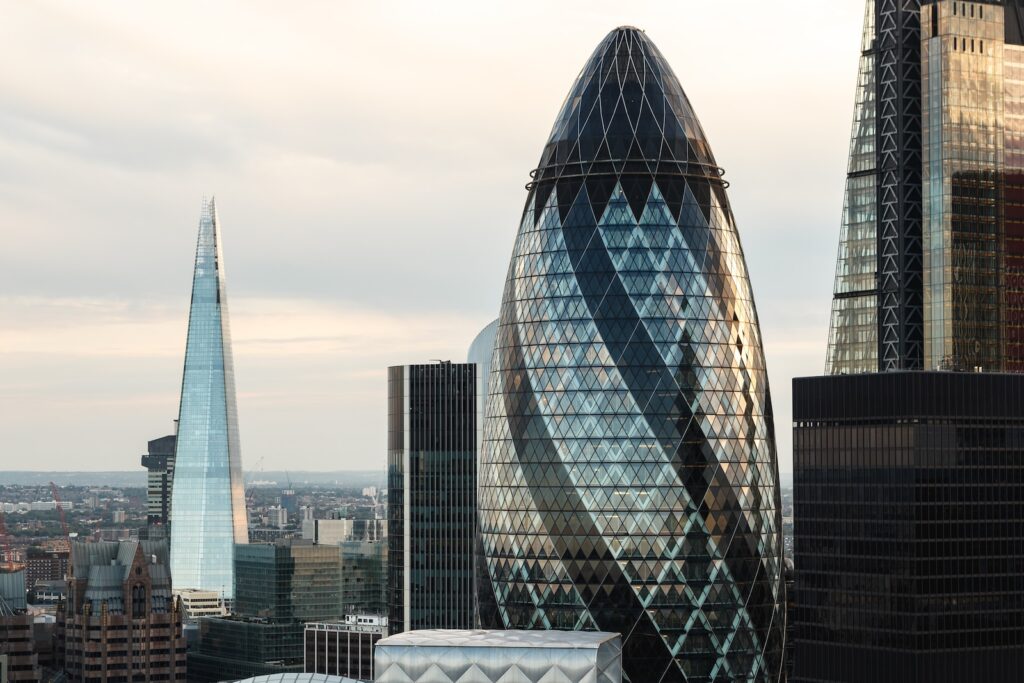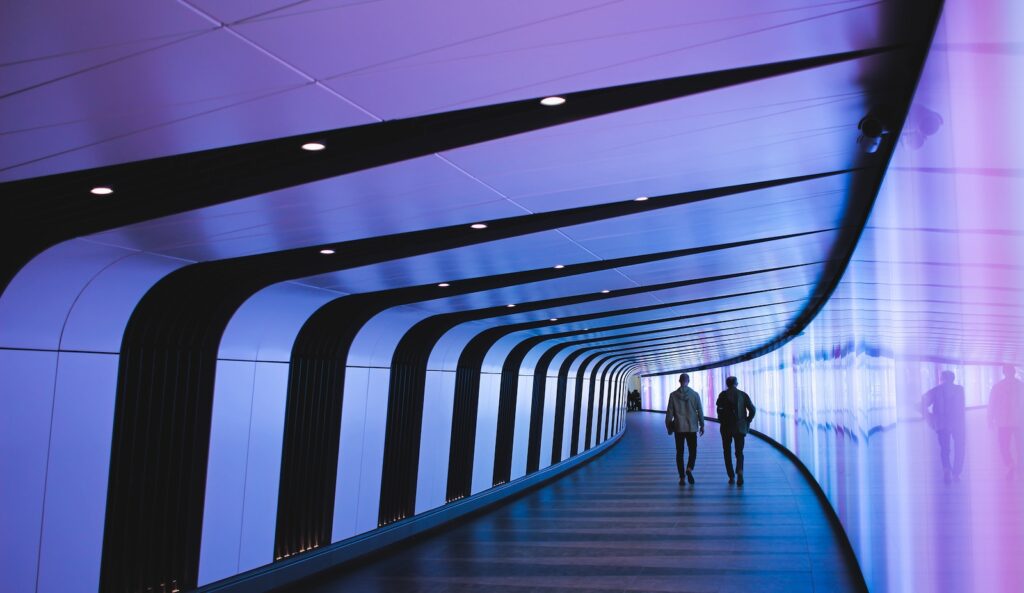The future of carbon-neutral buildings: Trends and predictions
The built environment contributes 33% of global greenhouse gas (GHG) emissions, and accounts for around 40% of the global energy consumption. Maintenance Management Software Specialists SFG20 explore the role of sustainable buildings in the journey to net zero.
In a carbon-neutral building, energy efficiency is paramount. Architects and engineers use principles such as passive solar design, natural ventilation, and high-efficiency insulation.
In addition to energy-efficient design, carbon-neutral buildings also use renewable energy technologies to generate electricity. This can include solar panels, wind turbines, and in some cases, geothermal systems. The electricity generated by these systems can be used to power the building’s lighting, heating, and cooling systems, as well as any appliances or equipment in the building.
Current State of Carbon Emissions in the Construction Industry
In the UK, the construction industry is a significant contributor to carbon emissions. The embodied carbon of a building, which includes the carbon emissions associated with the extraction, production, and transportation of construction materials, as well as the carbon emissions from the construction process itself, can be equivalent to 20 years’ worth of its operational carbon emissions.
Trends in Carbon-Neutral Buildings
The drive towards carbon-neutral buildings is gaining momentum, with several key trends shaping the future of the built environment. These trends reflect a growing commitment to sustainability, energy efficiency, and technological innovation.
1. Renewable energy sources
Solar panels and wind turbines are becoming a common sight on buildings across the UK. As the cost of these technologies continues to fall, they offer long-term cost savings, making them an increasingly attractive option for building owners and operators.
2. Energy-efficient design
Architects and engineers are using principles such as passive solar design and high-efficiency HVAC systems to minimise energy consumption. Passive solar design takes advantage of the sun’s energy for heating and cooling, while high-efficiency HVAC systems use less energy to provide the same level of comfort.
3. Sustainable building materials
These materials, which include recycled or reclaimed materials, can significantly reduce a building’s embodied carbon – the carbon emissions associated with the production, transport, and disposal of building materials.
By choosing sustainable materials, builders can reduce the environmental impact of their projects while often also improving the performance and aesthetics of their buildings.
4. Smart technology integration
Smart thermostats, energy management systems, and other technologies can optimise a building’s heating, cooling, and lighting systems, further reducing energy consumption. These technologies can also improve comfort and convenience for building occupants.
5. Future Predictions
The landscape of the UK’s built environment is set to undergo a significant transformation. The drive towards carbon neutrality is expected to accelerate, spurred by technological advancements, evolving government policies, and heightened public awareness of climate change.
The government’s Ten Point Plan for a Green Industrial Revolution and Net Zero Strategy provides a roadmap for this transition, outlining strategies for improving energy efficiency, promoting low-carbon heating solutions, and encouraging the construction of energy-efficient new homes.
Moreover, the decarbonisation of the UK’s electricity grid and the development of a low-carbon hydrogen sector are set to make it easier for buildings to reduce their carbon footprint.
At the same time, investments in carbon capture usage and storage (CCUS) technologies could further help offset emissions from buildings and industrial processes.
Beyond government initiatives, we anticipate a growing number of businesses and individuals investing in carbon-neutral buildings. As energy prices continue to rise, buildings that generate their own green electricity can offer a financially attractive proposition.
The public sector is leading by example, with the government committed to achieving net-zero emissions from its operations by 2050. This sets a precedent for the private sector, demonstrating the feasibility and benefits of carbon-neutral buildings.
More features:
Petrol and diesel ban delay should not stall electric mobility transition
Image: Ed Robertson (top) / Tom Parkes (bottom)














